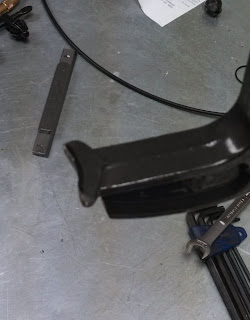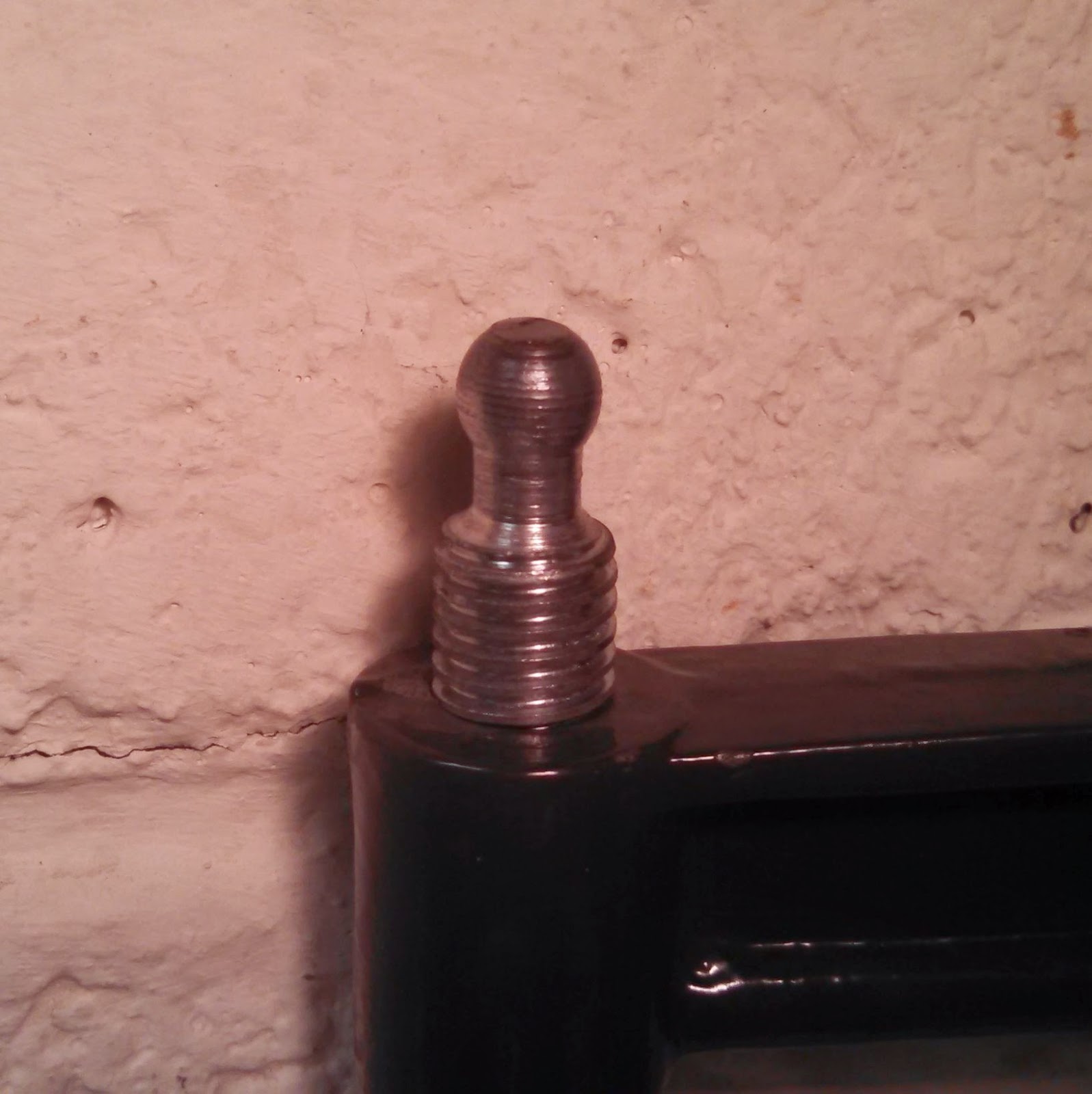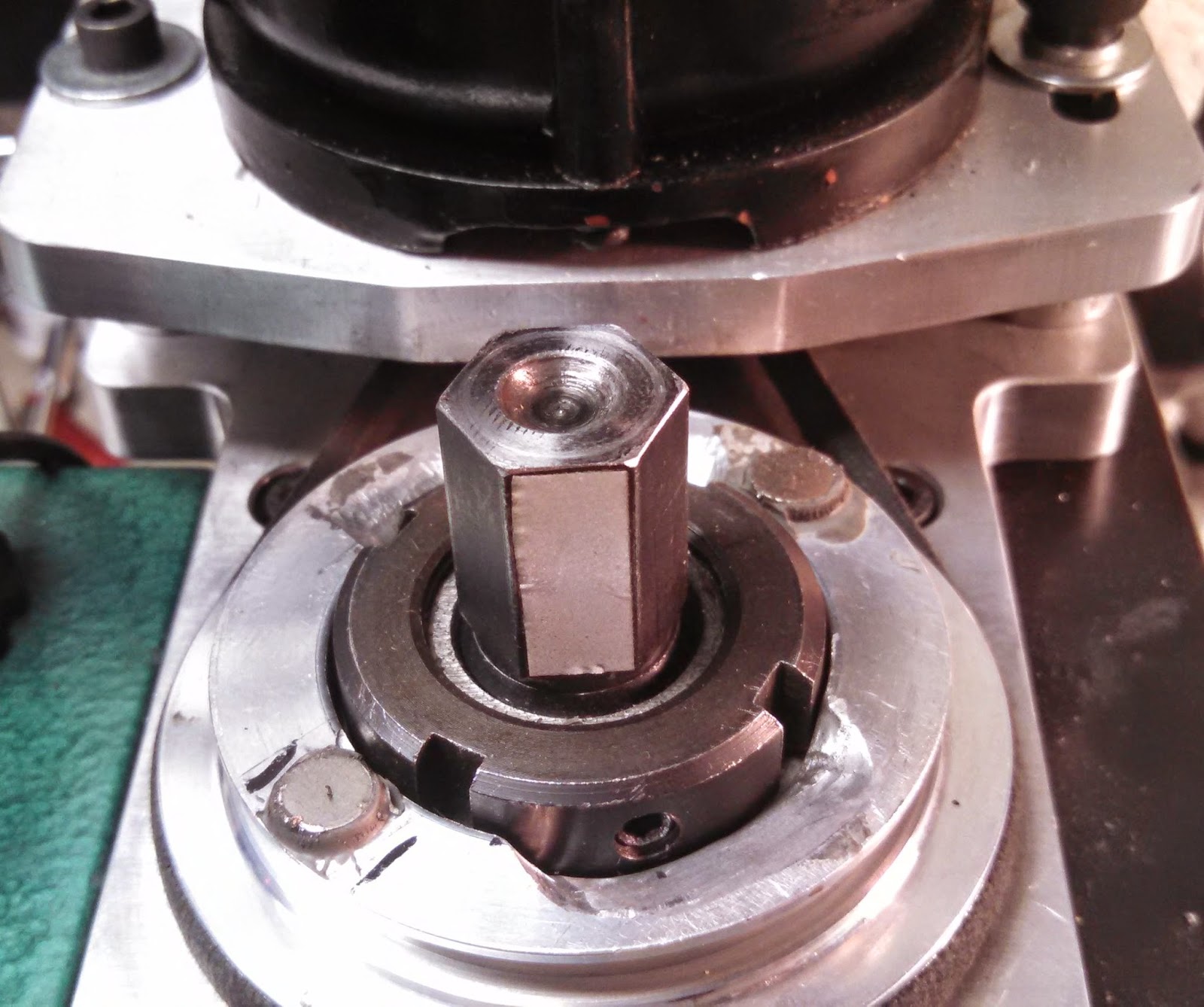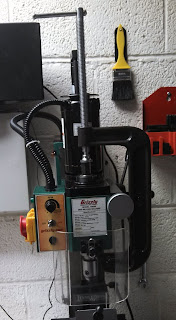Ah, I have not seen a drawbar like that before. I am still convinced that something is wrong, but I don't know what to advise, except that using Loctite is not really a solution. Have you tried some engineer's blue on the tapers to make sure they match?
In removing a tight morse taper tool, I find a tap with a big hammer more effective than a whack with a little one.
In removing a tight morse taper tool, I find a tap with a big hammer more effective than a whack with a little one.

















![DreamPlan Home Design and Landscaping Software Free for Windows [PC Download]](https://m.media-amazon.com/images/I/51kvZH2dVLL._SL500_.jpg)


















![MeshMagic 3D Free 3D Modeling Software [Download]](https://m.media-amazon.com/images/I/B1U+p8ewjGS._SL500_.png)









![TurboCAD 2020 Designer [PC Download]](https://m.media-amazon.com/images/I/51UKfAHH1LL._SL500_.jpg)
































